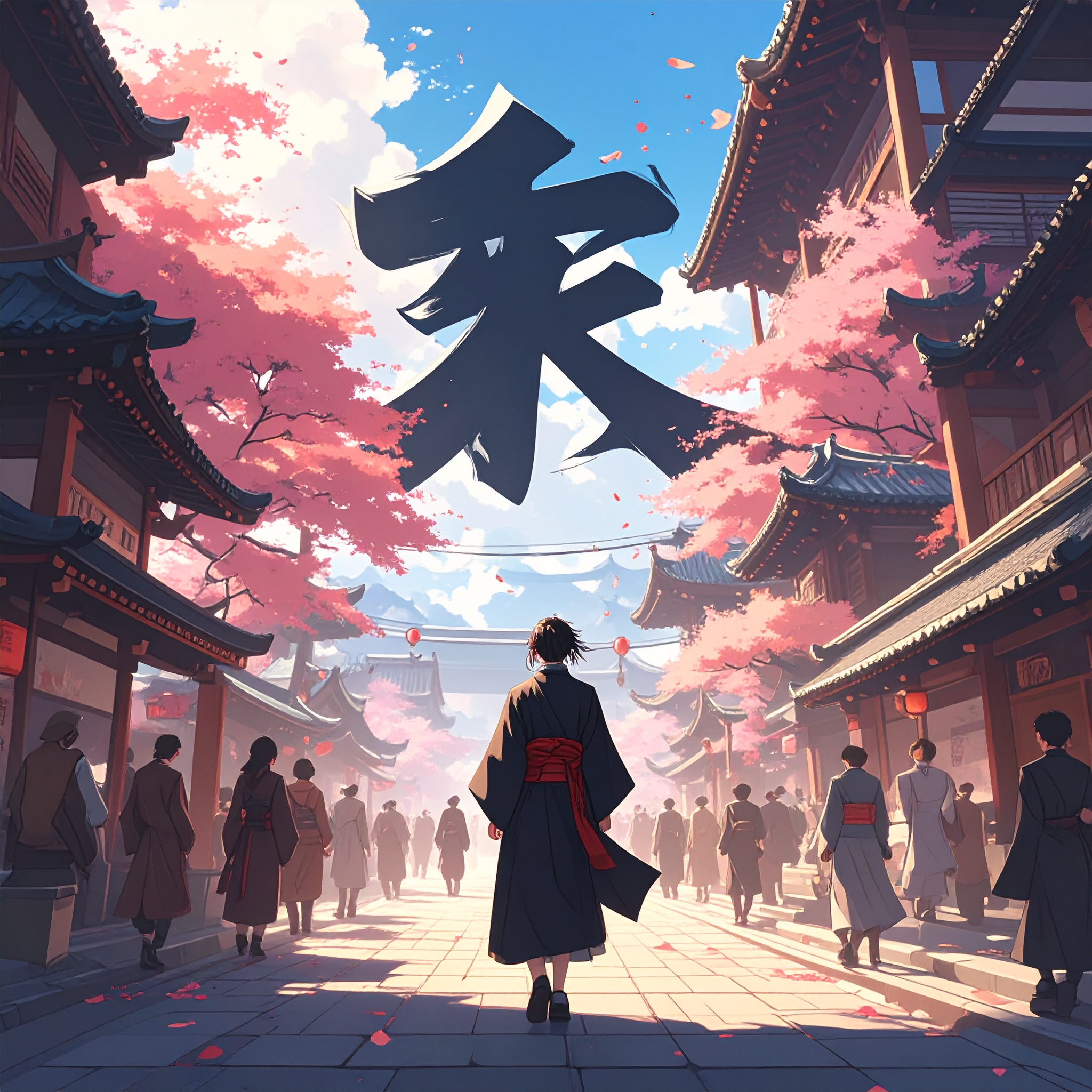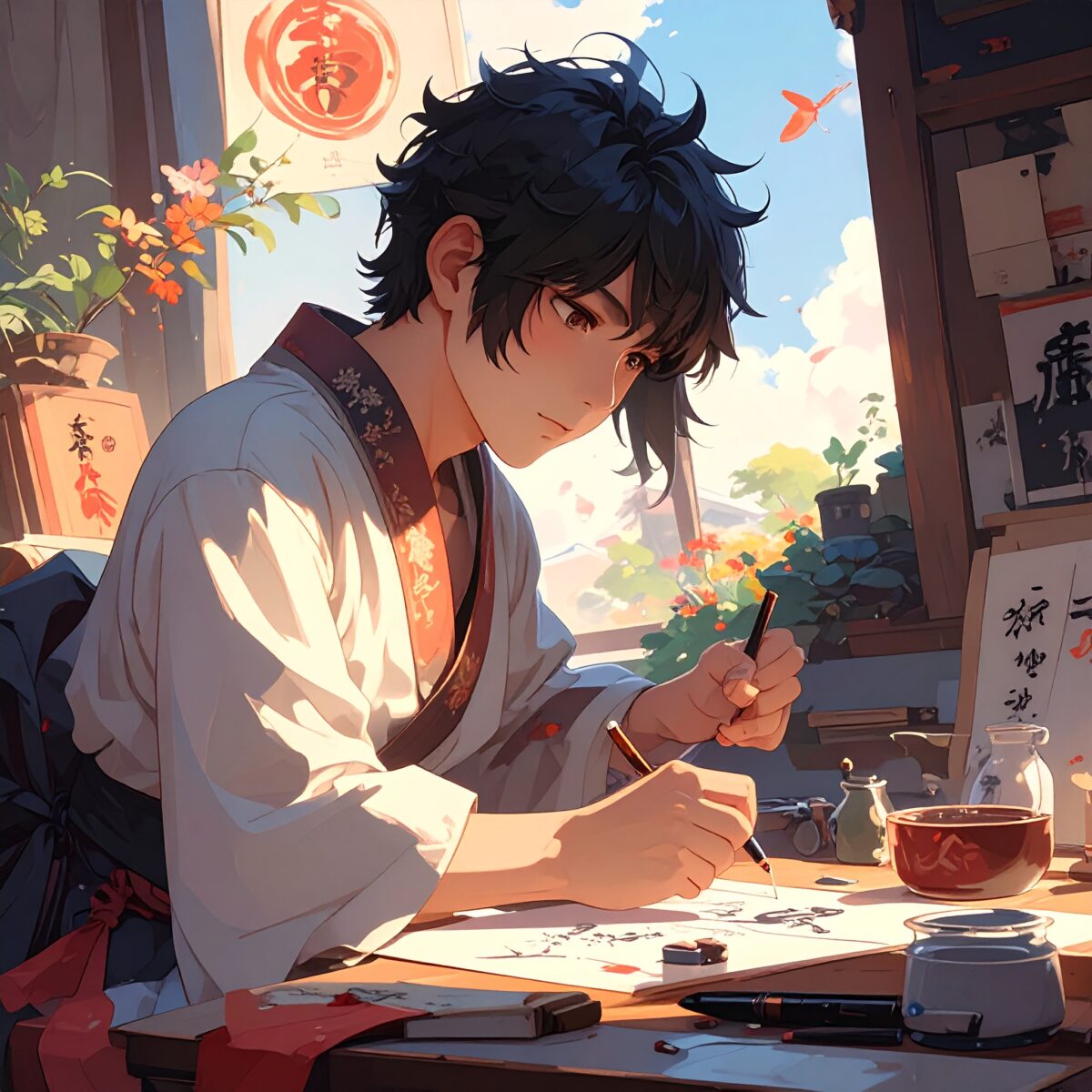When traveling in Japan, many people seek more than just visiting famous sights—they want meaningful cultural experiences that leave a lasting impression. Among these, calligraphy stands out as a deeply personal and distinctly Japanese activity. The process of holding the brush, grinding the ink, and preparing to write embodies Japan’s cultural emphasis on sincerity and mindfulness.
One particularly moving experience is writing the word arigatou—“thank you”—in calligraphy. Even for those unfamiliar with the Japanese language, the gentle sound of the word and the warmth it conveys are easy to feel. Through the act of writing, travelers often find themselves giving shape to their own feelings of gratitude. It’s a word that carries deep emotional value and makes for a perfect, heartfelt souvenir.
In Japan, calligraphy has long been more than just a skill or artistic expression. It has been cherished as a spiritual practice—a way of cultivating inner calm and focus. Listening to the sound of ink being ground, concentrating on each brushstroke, and placing each character carefully on paper—this is a quiet ritual of emotional clarity. More than just forming beautiful characters, it’s about aligning your heart with your expression. Even in a short session, participants often find a surprising sense of peace.
This type of calligraphy experience is also well-suited for families. Children, even the youngest, tend to naturally straighten their backs when holding a brush, quietly focused as they imitate the adults around them. For adults, writing arigatou becomes a visual and tactile way to reconnect with the meaning of a word that is often felt but rarely spoken. It becomes a moment to reflect on gratitude in a way that words alone cannot fully capture.

In some calligraphy workshops, knowledgeable instructors offer detailed guidance on the meanings and origins of kanji, as well as helpful tips for writing them. Increasingly, these experiences are also available with support in foreign languages, making it easy and welcoming even for those who may feel uncertain about their Japanese language skills. The finished work can be taken home, elegantly mounted on traditional washi paper or shikishi boards—not only as a travel souvenir, but as a reflection of one’s inner transformation during the journey.
These calligraphy programs vary in length and can easily fit into any travel schedule—from short sessions between sightseeing spots to more immersive half-day or full-day experiences. Many take place in traditional Japanese settings such as temple rooms, old townhouses, or local cultural centers, allowing visitors to engage with the essence of wa—the harmony of Japanese aesthetics—through all five senses.
Writing the word arigatou—thank you—with a brush may seem simple. But in Japan, where expressing feeling through language is a deeply rooted cultural value, even this small act becomes profoundly meaningful. The practice of moving your hand while writing from the heart creates a moment of stillness and richness. A journey into Japanese calligraphy is more than just an activity—it is a quiet, enriching experience that gently lingers in the soul.




